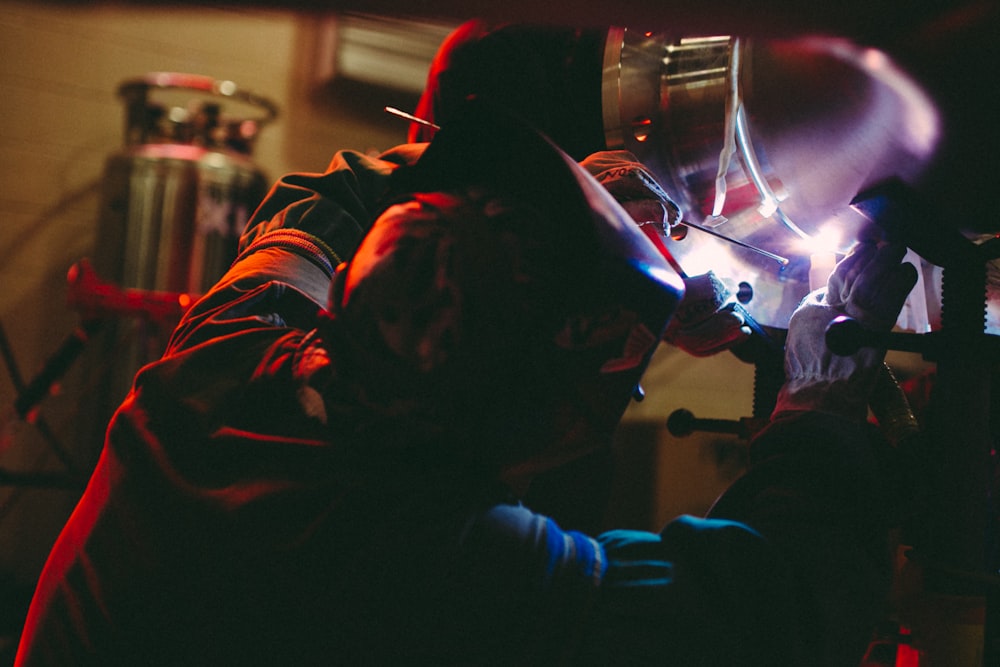Understanding Pipe Materials for Home Plumbing
In the realm of home plumbing, the choice of pipe material plays a crucial role in the overall functionality and durability of the plumbing system. Let’s delve into the various pipe materials commonly used in residential plumbing and their pros and cons.
PVC Pipes: Versatile and Cost-Effective
Polyvinyl chloride (PVC) pipes are widely popular due to their versatility and cost-effectiveness. They are lightweight, easy to install, and resistant to corrosion, making them ideal for both indoor and outdoor plumbing applications. However, PVC pipes may become brittle over time, especially when exposed to extreme temperatures, limiting their use in hot water systems.
Copper Pipes: Durable and Reliable
Copper pipes have long been favored for their durability and reliability. They are resistant to corrosion, heat, and fire, making them suitable for both cold and hot water distribution. Additionally, copper pipes have a long lifespan, often lasting for several decades with proper maintenance. However, they can be more expensive than other pipe materials.
PEX Pipes: Flexible and Easy to Install
Cross-linked polyethylene (PEX) pipes have gained popularity in recent years due to their flexibility and ease of installation. They are highly resistant to freezing and bursting, making them suitable for cold climates. PEX pipes are also corrosion-resistant and have a smooth interior surface that helps to maintain water quality. However, they may not be suitable for outdoor use as they can degrade when exposed to UV light.
Galvanized Steel Pipes: Sturdy but Prone to Corrosion
Galvanized steel pipes were once a common choice for plumbing systems, known for their sturdiness and strength. However, they are prone to corrosion over time, leading to issues such as reduced water flow and leaks. As a result, many homeowners are opting to replace galvanized steel pipes with more modern and corrosion-resistant materials.
Choosing the Right Pipe Size for Optimal Performance
When planning a plumbing system, selecting the right pipe size is crucial for optimal performance. Larger pipes can accommodate higher water flow rates and reduce pressure drops, ensuring consistent water supply throughout the home. Conversely, using undersized pipes can lead to issues such as reduced water pressure and flow, causing inconvenience and potential damage to appliances.
The Importance of Proper Pipe Ventilation
Proper pipe ventilation is essential for maintaining a healthy and efficient plumbing system. Vent pipes allow air to enter the plumbing system, preventing airlocks and ensuring smooth water flow. Without adequate ventilation, drains may become sluggish, and unpleasant odors can linger in the pipes. Regular inspection and maintenance of vent pipes are necessary to avoid plumbing issues.
Preventing Frozen Pipes in Cold Climates
In cold climates, preventing frozen pipes is a top priority to avoid costly damage and inconvenience. Insulating pipes located in unheated areas such as basements, crawl spaces, and attics can help prevent freezing during winter months. Additionally, allowing faucets to drip slowly during freezing temperatures can relieve pressure in the pipes, reducing the risk of bursting.
DIY Pipe Maintenance Tips for Homeowners
Regular maintenance is key to prolonging the lifespan of your plumbing system. Simple tasks such as checking for leaks, cleaning drains, and insulating exposed pipes can prevent costly repairs down the line. DIY pipe maintenance not only saves money but also ensures a smoothly functioning plumbing system for years to come.
Conclusion
In conclusion, understanding the different pipe materials and implementing proper maintenance practices are essential aspects of home plumbing. By choosing the right pipe material, sizing pipes correctly, ensuring proper ventilation, and taking proactive measures to prevent issues like frozen pipes, homeowners can enjoy a reliable and efficient plumbing system for their homes. Read more about pipe works

